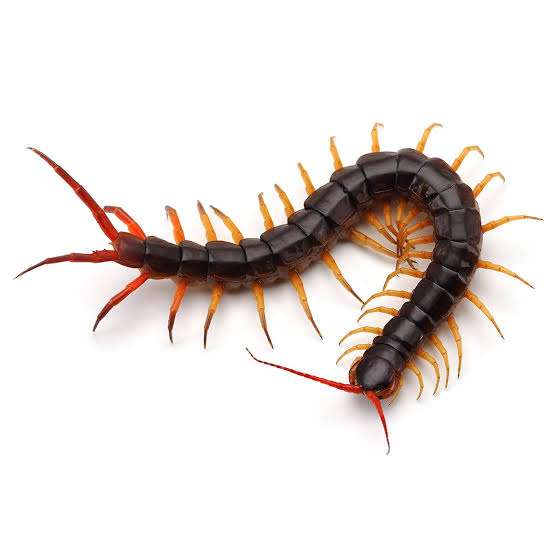Centipedes are fascinating, yet sometimes unsettling creatures that scurry across floors, walls, and gardens. With their long bodies and numerous legs, these arthropods often raise concerns, particularly about their potential danger to humans. One common question many people have is, “Are centipedes poisonous?” In this blog post, we’ll explore whether centipedes are poisonous, how they use venom, and how to deal with them if they invade your space.
What Are Centipedes?
Centipedes belong to the class Chilopoda and are found in various environments, including forests, homes, and gardens. They are predators, feeding on smaller insects like ants, termites, and even bedbugs. Their ability to move quickly and efficiently makes them effective hunters.
Are Centipedes Poisonous?
Centipedes are not poisonous in the traditional sense, but they do possess venom. This venom is used to immobilize and kill their prey. While centipedes have venomous fangs (called forcipules) that can inject venom into their prey, they are not typically dangerous to humans. Their venom can cause mild irritation, redness, or swelling if bitten, but it is not life-threatening.
How Do Centipede Bites Affect Humans?
A centipede bite can be alarming, but it is usually not serious. When a centipede feels threatened, it may bite in self-defense. The bite site might swell, redden, or itch for a short time, similar to a mild insect sting. In rare cases, some people may experience more intense reactions, such as dizziness, nausea, or an allergic response, but this is uncommon.
How to Handle a Centipede Encounter?
If you encounter a centipede in your home, the best approach is to remain calm. Centipedes typically avoid humans and won’t bite unless provoked. If you want to remove a centipede, use a jar or container to carefully trap it and release it outside. If you need to prevent future encounters, take steps to keep your home clean and dry, as centipedes are attracted to dark, moist environments.
Are There Dangerous Species?
While the majority of centipedes are not harmful to humans, there are a few larger species that can cause more significant bites. For example, the giant desert centipede (Scolopendra heros), found in the southwestern United States, can deliver a painful bite that may cause intense swelling, fever, and more severe symptoms. However, these species are not common in homes, and encounters are rare.
Preventing Centipede Infestations
To minimize centipede encounters, focus on reducing the conditions they find attractive:
- Seal cracks and gaps – Centipedes often enter homes through small openings. Ensure your home is sealed, especially in the basement, attic, and around doors and windows.
- Control moisture – Centipedes are attracted to damp areas. Fix leaks, improve ventilation, and use dehumidifiers in basements or bathrooms.
- Declutter your home – Centipedes love hiding in piles of paper, cardboard, and debris. Keeping your living space tidy will discourage them from settling in.
Conclusion: Are Centipedes Dangerous?
In summary, while centipedes are not poisonous to humans in the way some other creatures are, they can bite if provoked. Their venomous bite can cause mild discomfort, but it is rarely harmful. If you encounter centipedes in your home, it’s usually best to leave them alone, as they help control other pests. By keeping your home clean with professional pest control services , dry, and well-sealed, you can minimize the chances of encountering these fascinating but somewhat unnerving creatures.




